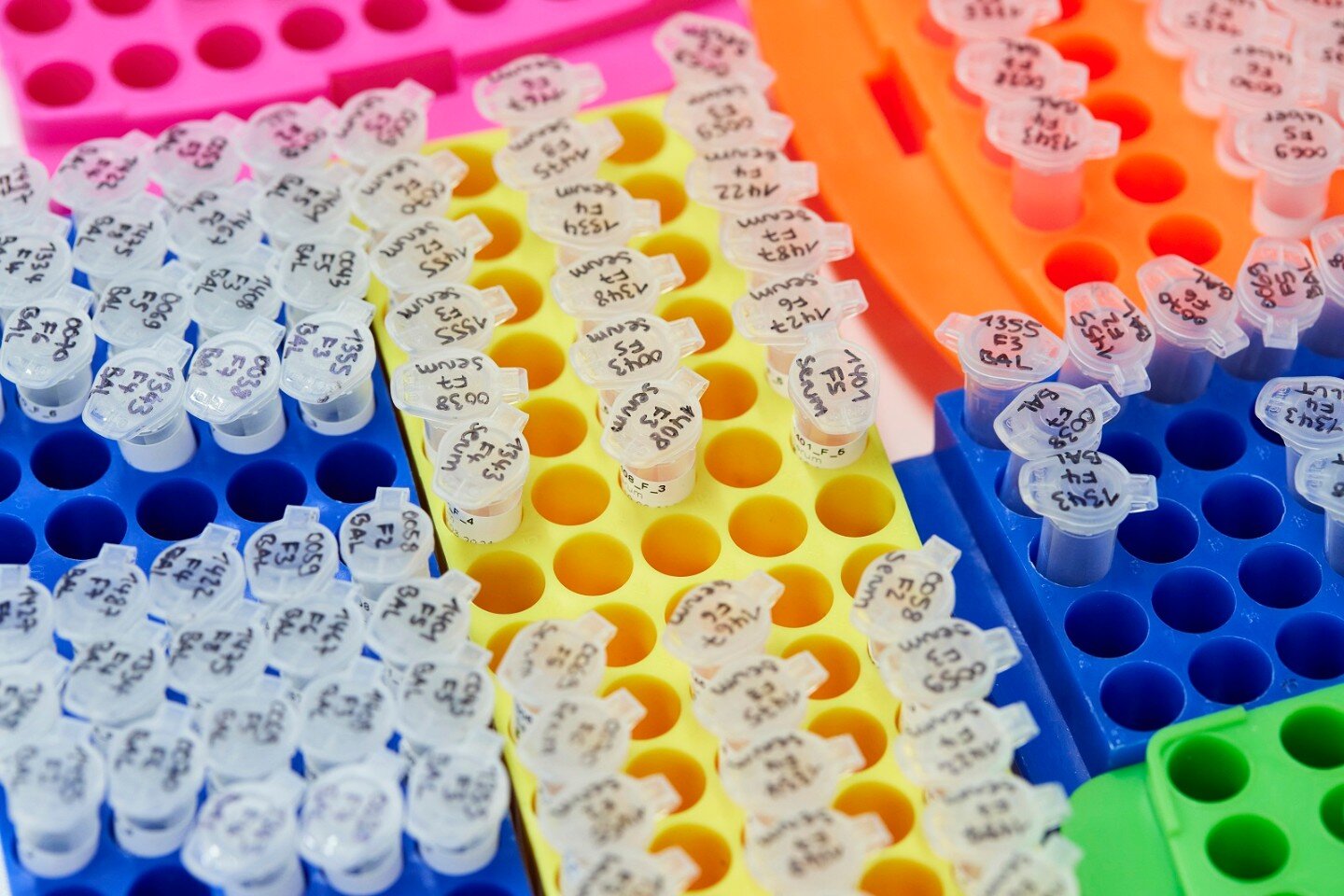Inactivating pathogens using low-energy electrons
Date: 7.5.2021
Vaccines are currently a great source of hope for many people, as it is believed they will help to protect society against COVID-19 and pave the way back to a normal life. The current focus is clearly on coronavirus – but vaccines are also fundamental to combating other pathogens.
 A team of researchers from three Fraunhofer Institutes has now developed a method of producing vaccines that is faster, more efficient and more environmentally friendly than the conventional production process – and their efforts have earned them the Fraunhofer Prize for Human- and Environment-Centered Technology.
A team of researchers from three Fraunhofer Institutes has now developed a method of producing vaccines that is faster, more efficient and more environmentally friendly than the conventional production process – and their efforts have earned them the Fraunhofer Prize for Human- and Environment-Centered Technology.
Until now, the production of inactivated vaccines has always been based on chemicals. The pathogens are stored with toxic chemicals, particularly formaldehyde, until the genetic information of the virus is completely destroyed and it can no longer propagate. This process is known as inactivation. But it is problematic in many ways.
The new approach developed by a team of Fraunhofer experts has none of these drawbacks. "Instead of inactivating the virus with toxic chemicals, we fire electrons at it," explains Sebastian Ulbert. "The viral particle almost completely intact. There are no chemicals that we need to dispose of and the entire process takes just a few seconds." There was one hurdle that needed to be overcome: The electrons can only penetrate liquids to a depth of a few hundred micrometers, and they lose more and more energy in the process. If viruses circulating in the liquid are to be reliably killed by the electrons, the liquid film must be no thicker than around 100 micrometers – and it must be transported evenly, too.























